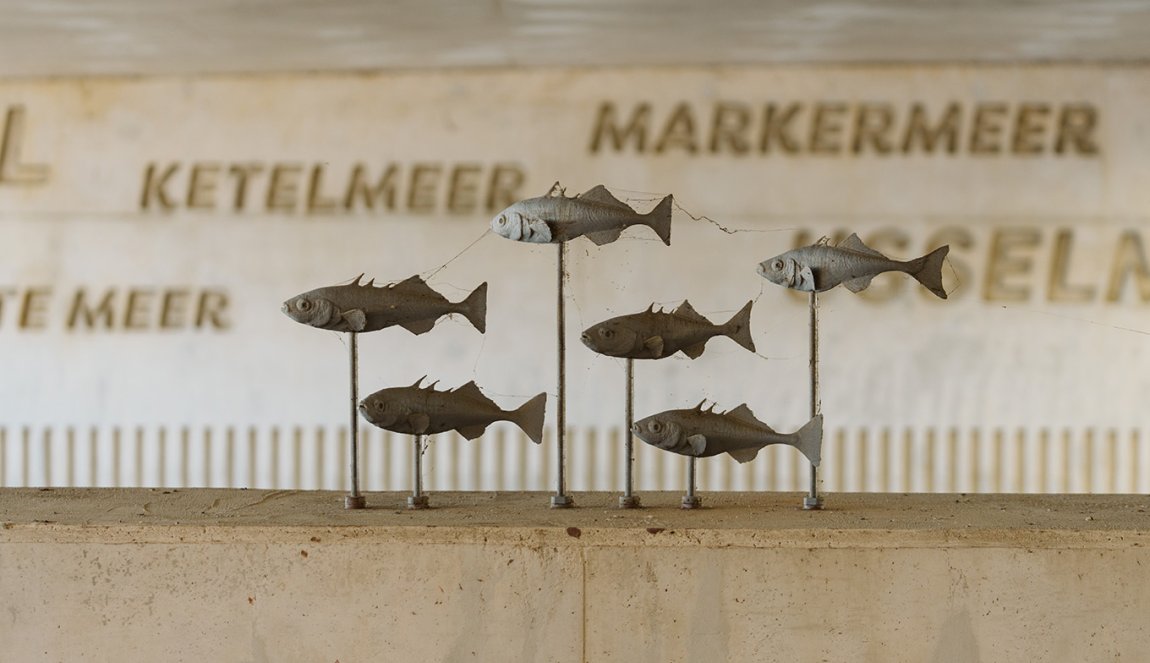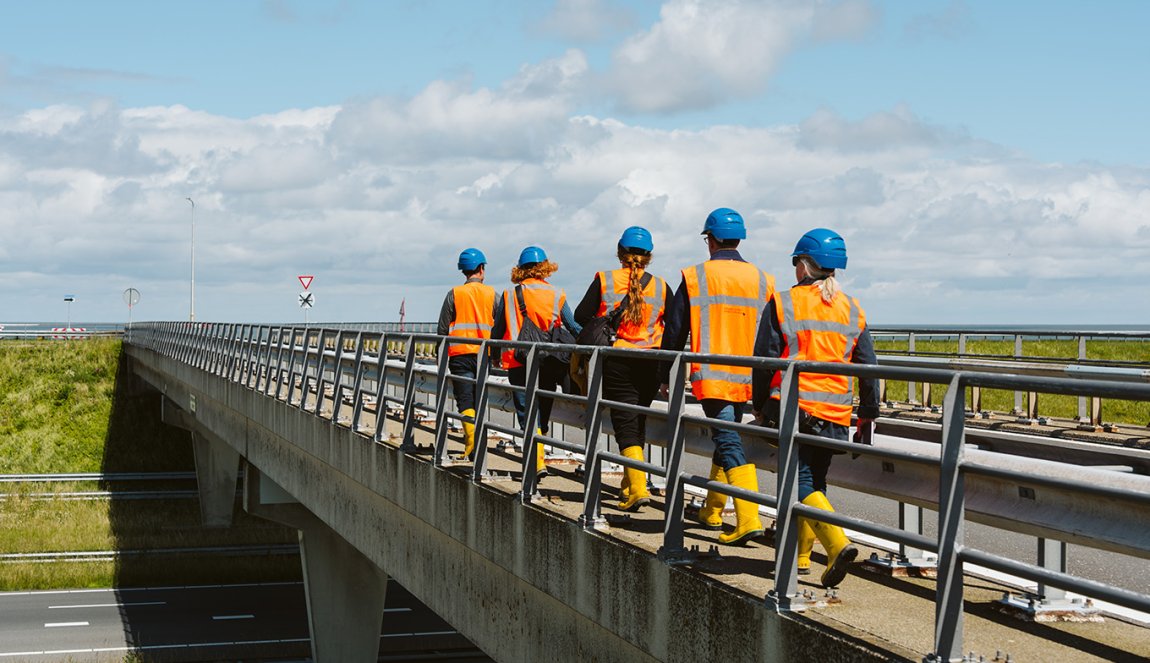
The Afsluitdijk: Securing and Protecting - Nov. 19, 2024
Since 1932, the monumental Afsluitdijk has protected the Netherlands from the floods of the North Sea, creating a huge freshwater reservoir that makes the country safe and fertile. Built in response to a devastating flood disaster, this 32-kilometre-long dam serves as a feat of engineering and secures the livelihoods of many through land reclamation and water management. It is a symbolic and central element of Dutch engineering, which is now considered the heart of a modern and sustainable water management system.
The Afsluitdijk: A titanic barrier against the sea

The wind whips incessantly, meter-high waves hit the coast. The North Sea unfolds all its wildness, as if it wanted to devour the land. But on the horizon rises a monumental structure that stretches for miles – the Afsluitdijk, a titanic bulwark made of human hands that protects the Netherlands from the unbridled power of the sea.
The Afsluitdijk, called "Afsluitdijk" in Dutch, is more than just a technical structure; it is a symbol of the tireless struggle of the Dutch against the forces of nature. Completed in 1932, this 32-kilometre-long dam is the last barrier separating the North Sea from the IJsselmeer. But to really understand the significance of this structure, you have to look back into the past.
The fight against the sea: the creation of the Afsluitdijk

The history of the Afsluitdijk begins with the devastating flood disaster of 1916, which flooded large parts of the Dutch coast and claimed many lives. This disaster made it clear that the existing dikes and coastal protection measures were not sufficient to protect the country from the constant threats of storm surges and floods. The need to create something bigger and more enduring became more urgent than ever.
The plan for the construction of the gigantic dike, which is the so-called "Zuiderzee" from the Wadden Sea off the coast was developed by the Dutch engineer Cornelis Lely. His concept was not only to protect the coasts from flooding, but also to gain valuable land for agriculture. The Afsluitdijk was the heart of this ambitious project and was intended to fulfil a dual function: protection and land reclamation.
The protective shield of the Netherlands
With the completion of the Afsluitdijk in 1932, the connection between the Wadden Sea, which has been a UNESCO World Heritage Site since 2009, and the Zuiderzee ("South Seas") was interrupted. The result was the "Ijsselmeer", which - contrary to what the name suggests - is a huge inland body of water. This barrier ensured that storm surges from the North Sea could no longer penetrate unhindered into the interior.
This protected large parts of the provinces of Noord-Holland and Friesland from flooding. The dike, which reaches a height of 7.25 meters above sea level in places, has since proven its protective function countless times and secured the lives of millions of people.
But the Afsluitdijk was not only a protective shield against the sea, but also a key to land reclamation. Behind the dike, valuable new land was created by drainage, which was used for agriculture and settlements. In the long term, the so-called "Zuiderzee Project" led to the creation of polders, vast areas of agricultural land that still make up a significant part of Dutch agriculture today.
Water management at the highest level

The Afsluitdijk has played a central role in water management in the Netherlands. The separation of the Zuiderzee from the North Sea created the Ijsselmeer, a huge freshwater reservoir that is used not only for drinking water supply, but also for irrigation of agricultural land and for regulating the water balance. Because the IJsselmeer is fed by the large rivers Rhine, Meuse and IJssel, it is possible to drain or impode the water if necessary to control the water level in the polders.
This sophisticated water management has enabled the Netherlands to safely settle large areas of the country and use them for agriculture, despite the constant threat from the sea. The Afsluitdijk is thus an integral part of the Dutch system of dams, locks and canals, which is still considered one of the most advanced in the world.